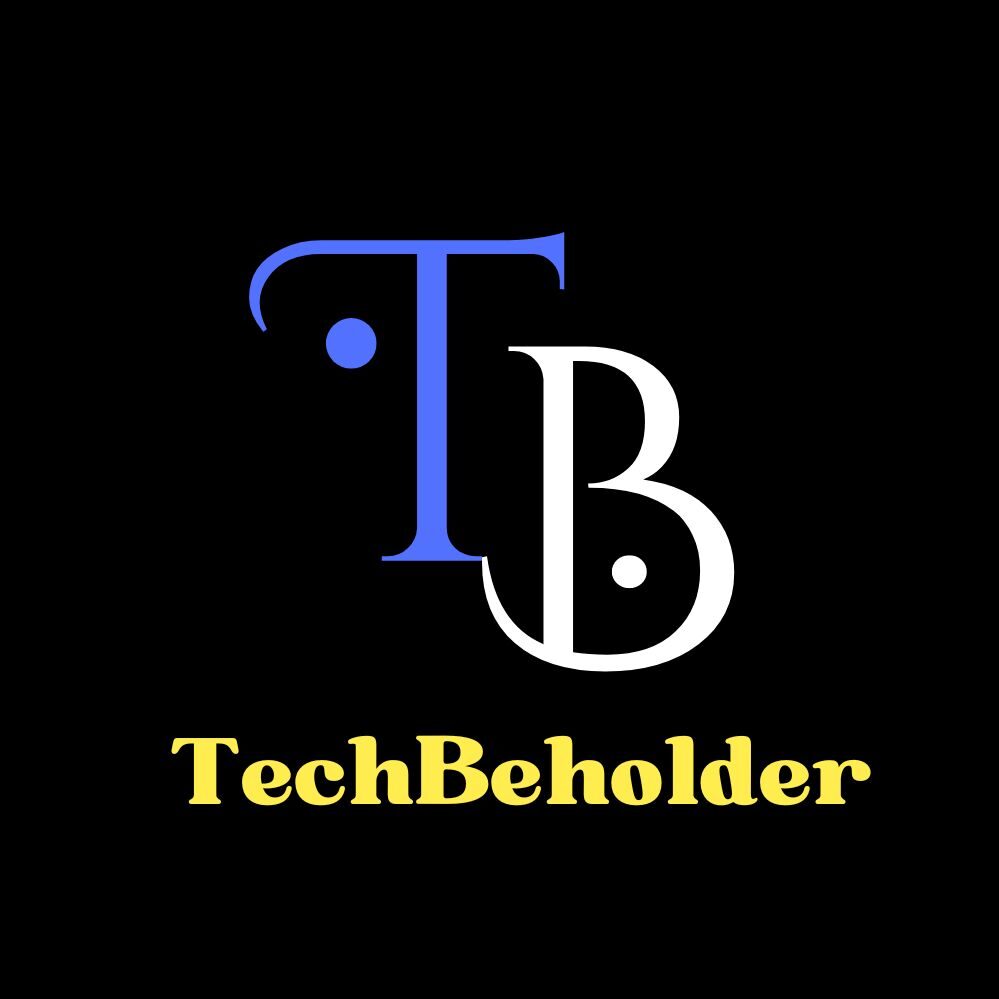In the digital era, where data breaches and cyber-attacks are commonplace, blockchain technology emerges as a revolutionary approach to secure data management. Offering unprecedented levels of security, transparency, and decentralization, blockchain has the potential to redefine the way we store, share, and secure data.
This technology, which underpins cryptocurrencies like Bitcoin and Ethereum, has the potential to extend far beyond financial transactions, with vast implications for sectors ranging from healthcare to supply chain management.
Table of Contents
Understanding Blockchain Technology
Before delving into the intricacies of blockchain technology, it’s crucial to understand its fundamental components: decentralization, transparency, and immutability.
Decentralization is the essence of blockchain technology, where data isn’t stored on a central server but across numerous computers worldwide, known as nodes. This distribution makes the blockchain network resilient to cyber-attacks. If one node fails or is compromised, the network continues to operate uninterrupted, as all nodes maintain a duplicate copy of the entire blockchain.
Transparency, another key aspect, ensures that every transaction on the network is visible to all its participants. This public visibility brings accountability and makes fraudulent activities difficult, if not outright impossible. Transactions, once recorded, cannot be altered or deleted, embedding trust into the system.
Immutability, the third pillar of blockchain, implies that once information is entered into the blockchain, it cannot be tampered with or changed. This characteristic is crucial for maintaining an unalterable history of transactions, consequently bolstering data security.
The operation of a blockchain is relatively straightforward. When a new transaction occurs, it’s grouped with other recent transactions into a block. This block is then broadcast to all nodes in the network for validation. The nodes employ a consensus algorithm to validate these transactions. If a majority of the nodes agree that the block is valid, it’s added to the chain of previous transactions, hence the term ‘blockchain.’
Blockchain and Data Security
Blockchain’s inherent attributes of decentralization, transparency, and immutability augment its potential to revolutionize data security. The distributed nature of blockchain means there is no central point of failure, making it highly resistant to traditional cyber-attacks. Each node in the network maintains an identical copy of the entire blockchain, ensuring data redundancy and resilience against potential data losses.
Moreover, the transparency of blockchain networks brings accountability, reducing the likelihood of fraudulent activities. Every transaction is publicly visible to all participants in the network, and once recorded, these transactions are immutable – they cannot be altered or deleted. This feature builds trust within the system and secures data from unauthorized alterations.
The consensus-based validation process of blockchain, where multiple nodes must agree before a new block is added to the chain, provides additional layers of security. This process makes it challenging for malicious entities to manipulate data or transactions, as they would need to gain control of the majority of the nodes, which is practically infeasible in large networks.
Real-world Applications of Blockchain
Blockchain has been the most known and significant application to date in the finance sector with the advent of cryptocurrencies. Bitcoin, the first and most prominent cryptocurrency, utilizes blockchain to maintain a secure and decentralized record of all transactions. The transparency and security offered by blockchain technology also pave the way for numerous other financial applications, such as smart contracts, which automate the execution of contracts, making transactions faster, cheaper, and more secure.
When used in healthcare, blockchain technology has the potential to completely alter the current state of data storage and sharing practices. By storing patient records on a blockchain network, healthcare providers can ensure the security and privacy of patient data while improving the accuracy and speed of diagnoses. It could also facilitate more efficient sharing of patient records between different healthcare providers, leading to improved continuity of care.
The supply chain sector can also greatly benefit from the application of blockchain technology. By recording every transaction and item movement on a blockchain network, businesses can significantly improve the transparency and traceability of their supply chains. It can help prevent fraud, improve the accuracy of inventory tracking, and enable more efficient recall processes.
Even in the casino industry, blockchain technology can be employed to improve fairness and transparency. Blockchain-based casinos can leverage the technology’s immutable and transparent nature to provide a verifiable record of each bet and transaction, enhancing trust among players. There are already blockchain-based casinos in operation, such as FanDuel Casino, that use smart contracts to automate and secure payouts. If you’re interested in experiencing the benefits of blockchain technology first-hand, why not join FanDuel Casino and explore this innovative platform for yourself? With its potential to redefine data security, blockchain is poised to disrupt industries across the board, making it a technology worth embracing and exploring.
Challenges and Limitations of Blockchain
Despite the revolutionary potential of blockchain technology, it isn’t without its share of challenges and limitations. One of the primary concerns is scalability. Blockchain networks, particularly those supporting cryptocurrencies like Bitcoin, often struggle to manage large volumes of transactions efficiently. As every transaction needs to be validated by multiple nodes, the process can become time-consuming, leading to slower transaction speeds and higher costs as the network grows.
Blockchain also faces regulatory and legal challenges. Given its decentralized nature and potential to disrupt numerous industries, it has come under the scrutiny of regulators and governments worldwide. Varying legal frameworks and the lack of established regulatory guidelines can inhibit widespread adoption. Data privacy is another concern, especially in public blockchains where transaction data is visible to all members of the network.
Finally, the technology’s inherent complexity and the lack of skilled blockchain professionals pose challenges for businesses aiming to adopt it. Implementing blockchain requires significant investment and technical expertise, which may be beyond the reach of many organizations. Additionally, with its relatively nascent stage, there’s a lack of standardization among different blockchain platforms, complicating interoperability. These challenges need to be addressed for blockchain to fulfill its promise fully.
The Future of Blockchain Technology
As we look into the future, the potential of blockchain technology is immense and continues to unfold. The convergence of blockchain with other emerging technologies such as Artificial Intelligence (AI), Internet of Things (IoT), and 5G will likely usher in new innovative applications. For instance, in IoT, blockchain can provide a secure and scalable framework for communication between billions of devices. Similarly, in the field of AI, blockchain’s transparency can help explain AI decisions, which are often seen as a ‘black box.’
On the societal front, blockchain has the potential to redefine trust and eliminate intermediaries, thus promoting decentralized decision-making and democratizing economies. There is an increasing interest in ‘Decentralized Finance’ or DeFi, an experimental form of finance that does not rely on central financial intermediaries such as exchanges, brokerages, or banks to offer traditional financial instruments, instead utilizing smart contracts on blockchains.
However, realizing these opportunities requires overcoming the challenges highlighted previously. Efforts are underway to improve the scalability, interoperability, and privacy aspects of blockchain. As the technology matures and the ecosystem evolves, we can expect blockchain to become more streamlined and user-friendly, fostering wider adoption. In tandem, legal and regulatory frameworks will also need to evolve to keep pace with the rapid development of this disruptive technology.
Conclusion
In conclusion, while blockchain has certainly moved beyond its initial association with cryptocurrencies, its journey is far from over. Its potential to revolutionize sectors from finance and healthcare to supply chains and beyond marks just the beginning of what could be achieved. With continued exploration and adoption, blockchain technology holds the promise of a more decentralized, transparent, and secure future.
I am Pawan Sharma, my native place is Rajasthan, but I live in Kolkata. I’m Cisco Certified engineer by NIIT, and Blogger by passion. I’ve started this blog on the 1st of May 2021 to share my knowledge about Technology, Internet Marketing, Gadgets, Tips & Tricks, Top Apps, Games. As I said above, blogging is my passion and I love it by heart, I’m inspired by the top Bloggers of the World.


